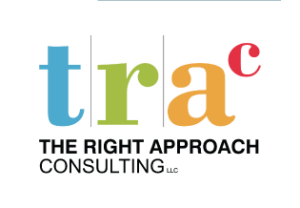Why Statistics?
A customer has an expectation of consistency in product quality, delivered on time, and at a fair and competitive price. A business owner has an expectation of making a profit through satisfied customers. A properly implemented SPC program can dramatically increase the degree of success in meeting these synergistic expectations. Companies tend to be extremely protective when it comes to sharing their dirty laundry with customers, with the “unenlightened” being the most resistant.
Statistically-challenged companies have argued everything from a flat-out “We don’t believe in SPC.” to “Our customer return rate is very low, so why do we need SPC?” The answer is really quite simple:  In addition to the performance related issues that reach a customer like late delivery and defective product, the cost of inefficiencies in any process are directly passed along to the customer in some form. Scrap (or overrun to cover anticipated scrap), rework and inefficient processing are factored into the pricing model, so the lower the efficiency, the higher the total cost to the customer. And as we all know, “It’s always about the dollars.”
In addition to the performance related issues that reach a customer like late delivery and defective product, the cost of inefficiencies in any process are directly passed along to the customer in some form. Scrap (or overrun to cover anticipated scrap), rework and inefficient processing are factored into the pricing model, so the lower the efficiency, the higher the total cost to the customer. And as we all know, “It’s always about the dollars.”
Early in my career a wise old mentor told me “Steve, never argue about what can be measured.” Being an engineer by trade and German by lineage, he knew a little about precision craftsmanship. This advice has stuck with me, and in the quest for continuous improvement has translated into “How can we get better if we don’t know where we are now?” followed by “How can we know where we are now without metrics?” An effective SPC program should be a key metric of continuous improvement and a valuable part of your QMS.
Contact TRAC
Give me a call to help turn your QMS into a competitive advantage!
920-841-3478


 The process metrics established for ISO should be discussed at every production and managers meeting. Internal audits should be used to improve every process on an ongoing basis. Customer feedback should drive organizational improvement, and so on. In fact, I would be hard-pressed to find a single requirement of ISO that just doesn’t make good business sense.
The process metrics established for ISO should be discussed at every production and managers meeting. Internal audits should be used to improve every process on an ongoing basis. Customer feedback should drive organizational improvement, and so on. In fact, I would be hard-pressed to find a single requirement of ISO that just doesn’t make good business sense.




 The other “soft” benefit of audits is that every single one is an opportunity to properly condition the workforce. It is easy for the management representative or department supervisor to have all the right answers, so encouraging auditors & customers to interact with the employees actually doing the job will demonstrate the strength and competency of the workforce, and the quality management system. The internal audit program should be used to help condition employees to be comfortable in this situation.
The other “soft” benefit of audits is that every single one is an opportunity to properly condition the workforce. It is easy for the management representative or department supervisor to have all the right answers, so encouraging auditors & customers to interact with the employees actually doing the job will demonstrate the strength and competency of the workforce, and the quality management system. The internal audit program should be used to help condition employees to be comfortable in this situation.
You must be logged in to post a comment.